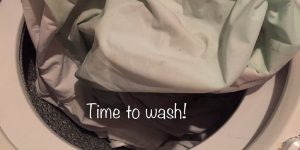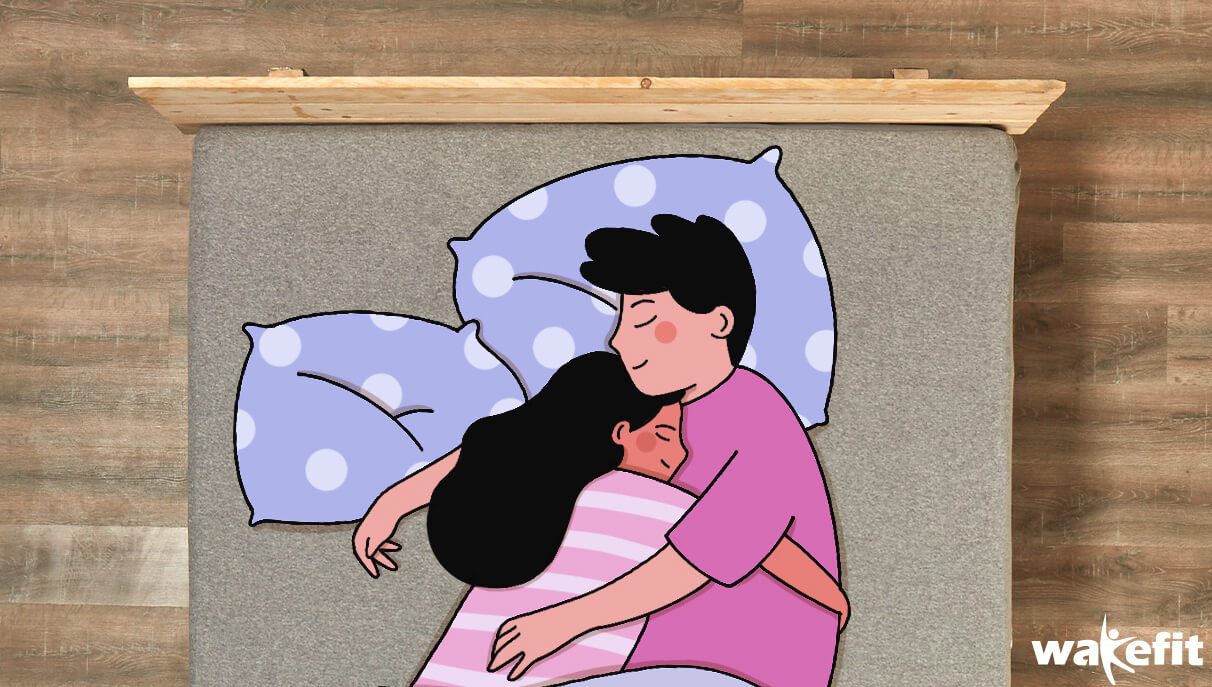You have heard it a million times as you were growing up. You must make your bed once you wake up and keep it tidy. But have you ever thought about your mattress cover? A mattress cover protects your mattress from the direct onslaught of dust and dirt and even allergens of different kinds. There are two different styles of mattress covers available in the market. Some are loose-fitting pad that sits on top of the mattress and is held in place with straps. The second kind of mattress cover encases the whole mattress. There are zippers on all sides of the cover and your mattress has protection from all sides. You can also buy a waterproof mattress protector for a few extra bucks.

Caring for the Mattress Cover
Most people assume that by encasing their mattress in a mattress cover, they have done their job of protection. They forget that the mattress cover needs regular clean-up as it has cushions spills and is exposed to allergens, dust mites, bugs, and dirt. If you use your mattress frequently, you must clean your mattress cover at least once in two weeks.
Many people think that having a mattress topper or a mattress pad is the same as owning a mattress cover, but it is not. Toppers come in different varieties, and each variety has separate washing instructions to remove dust mites, bugs, and grime. It is always recommended to follow the washing instructions on the label to ensure the longevity and protection of your topper or mattress cover. For instance, the memory foam mattress topper cannot be dunked in a washing machine! Soaking it in a tub of water will spell its premature death even though it may kill the bugs.
If your mattress protector does not come with specific instructions on washing, then the best option is not to wash it as it causes damage to the cover and voids the warranty. Contact the retailer or manufacturer who sold this and check how to clean the mattress cover and do as instructed.
Washing the Mattress Cover or Pad at an interval of a few months
If you own a mattress pad, wash it once every 2 months. If you change your bed linen regularly, it can act as protection for your mattress pad from accumulating dust mites and dirt and getting way too dirty. As with toppers, follow the manufacturer’s instructions to wash your mattress pad. However, if you do not find any specific instructions, you can wash them in the washing machine in lukewarm water. Once you wash them, they can be tumbled on low heat to dry.
In case of exceptions, a mattress cover in a guest bed may not need to be washed very often. However, if you have children and pets, you are bound to have accidents and spills on the mattress. Additionally, pets can track dust mites and bugs to your bed so it needs to be washed regularly. Strip the bed right away and wash your mattress topper or pad, so that the spill doesn’t get transferred to your mattress.
Similarly, if you are allergic to pollen, or suffer from asthma, even the best mattress protector can not help if you do not wash the mattress protector as often as you possibly can. Your nose will be the best judge. But as a thumb rule, wash the mattress topper or pad once a month at least. Small water spills can be absorbed using a hand towel right away, but stains and drinks must be tackled without procrastinating. If you do not wash your mattress topper and pad when you drop your bowl of soup or cola on it, you are inviting pests and mold to grow on your bed and other bedding.
Upgrade to a Waterproof Mattress Cover or Protector
Homeowners with young kids and pets who own a King size mattress prefer buying a king-size waterproof mattress protector. This helps in protecting the bed from getting soiled when your child accidentally overturns a glass of juice on your cozy mattress. The liquid remains on the surface of the king-size waterproof mattress protector and can be wiped away with a cloth or tissue. However, this protector needs to be cleaned often too as it can accumulate lots of germs, bugs, and contaminants over time.
The care of your king-size waterproof mattress protector is similar to the other mattress protector. It can be washed in your washing machine in a setting that is delicate. The detergent that is used for laundering should not have bleach as it can damage the waterproofing of the waterproof mattress protector. Use a mild disinfectant to remove bugs. To dry your king-size waterproof mattress protector or cover, use tumble dries on low heat. The waterproof mattress protector can be dried with your bed sheet too. Do not dry clean your king-size waterproof mattress protector or iron it as it loses its properties, especially vinyl. Even the best mattress protector should be washed before use for the first time as it removes the odor and also helps to make the king-size waterproof mattress protector soft.
If you are looking for alternatives to machine drying then the mattress protector can be air-dried. If you want to dry it outdoors check the instructions label as the color may fade when exposed to the sun. However, drying outdoors does not affect the integrity or the durability of the cover. It helps to kill dust mites and other allergens easily as the sun is a natural disinfectant.
The best way to keep your king-size waterproof mattress protector clean is to schedule reminders every 4th Sunday of the month to change the linen and clean your topper before you make your bed again. Depending on your lifestyle like allowing pets in your bed, snacking on the bed, etc you may have to increase the cleaning frequency to every couple of weeks. This should keep your bed and its cover squeaky clean and your family healthy!




No Comments